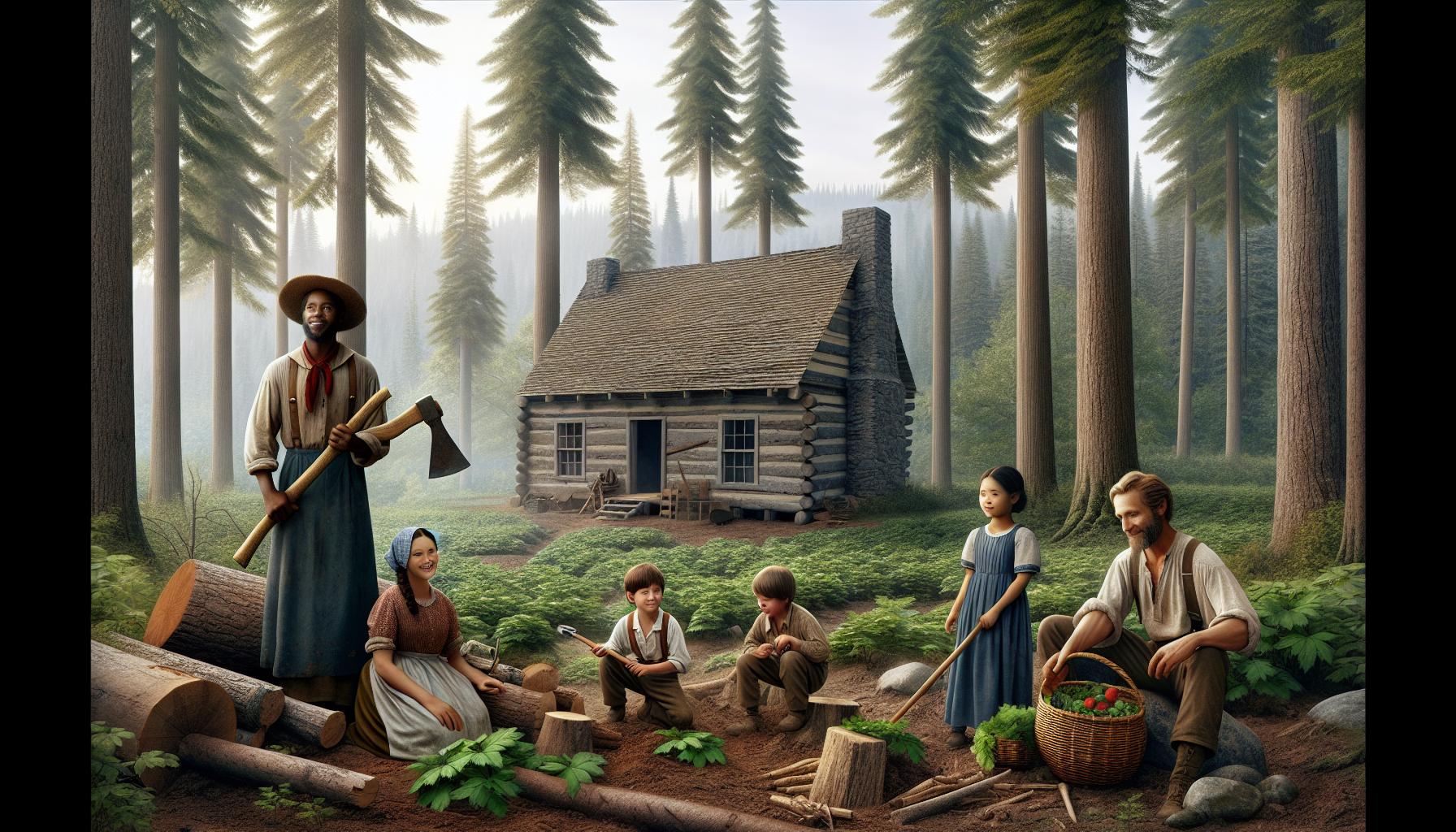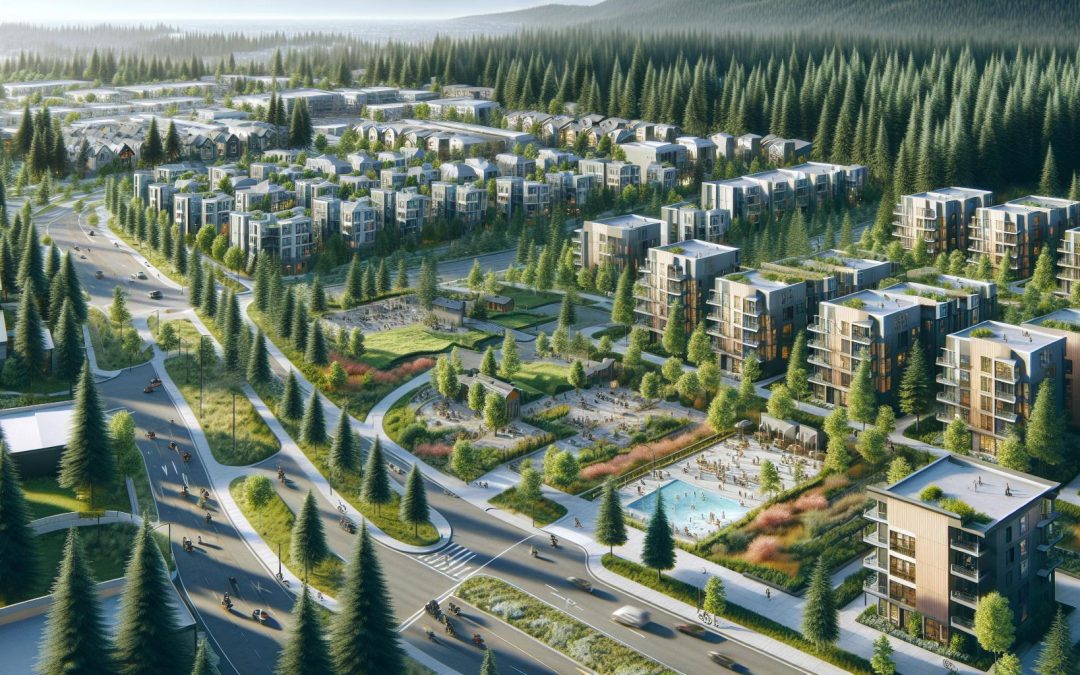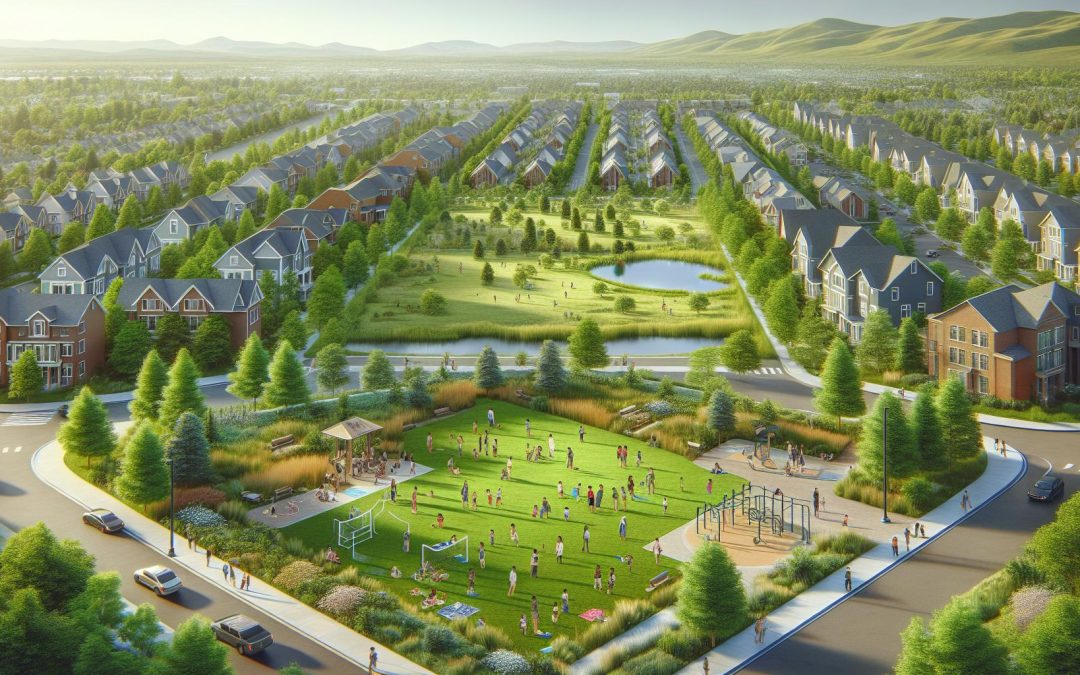When I think about Sammamish today, with its bustling neighborhoods and scenic parks, it’s hard to imagine it was once a rugged frontier. Back in the pioneer days, this area was a blank canvas, ready to be shaped by the dreams and hard work of its early settlers. These folks didn’t just settle the land—they built a community from the ground up.
Picture families arriving with little more than hope and determination, carving out homes amidst dense forests and untamed wilderness. Their stories of perseverance and ingenuity are woven into the very fabric of Sammamish, reminding us that our town’s roots run deep with a pioneering spirit. Let’s take a journey back to those early days and explore how these trailblazers laid the foundations for the vibrant community we cherish today.
Overview of Sammamish’s Pioneer Days
Pioneers, determined to create new lives, began settling in Sammamish in the mid-19th century. They faced dense forests, challenging terrain, and unpredictable weather. Despite these obstacles, they built homes, farms, and businesses that became the foundation of the community.
Many early settlers of Sammamish were loggers. The abundant timber provided both resources and income. Logging camps, with their rugged workers and massive tree felling operations, played a crucial role in the area’s early economy.
Farming, another essential aspect, developed alongside logging. Settlers cleared land to grow crops and raise livestock. These farms supplied food, helping make the community self-sufficient. Examples of common crops included wheat, corn, and vegetables.
Early structures in Sammamish reflected the practical needs and resourcefulness of the pioneers. Homesteads, barns, and community buildings were built from locally sourced wood. These buildings, sturdy and functional, represented the pioneers’ perseverance and craftsmanship.
Education and religion became early community cornerstones. Pioneers established one-room schoolhouses where children learned reading, writing, and arithmetic. Various congregations built churches, serving as both spiritual centers and community gathering places.
Transport was limited, with settlers relying on dirt paths and rudimentary roads. As the community grew, improving transportation infrastructure became vital. Bridges and more reliable roads emerged, connecting Sammamish to neighboring areas and fostering trade and communication.
The social fabric of the community was tight-knit. Neighbors relied on each other, sharing resources and labor. Community events like barn raisings, harvest festivals, and church socials strengthened social bonds.
Pioneers also interacted with Native American tribes. Relationships varied, with instances of both cooperation and conflict. Trade, cultural exchanges, and mutual aid occurred alongside misunderstandings and tensions.
Economic diversification began as the population grew. Merchants opened general stores supplying tools, clothing, and food. Blacksmiths, carpenters, and other tradespeople offered essential services, contributing to the emerging local economy.
The establishment of local governance marked a significant milestone. Foundational decisions, like land use and infrastructure, shaped Sammamish’s development. Elected officials and community leaders played pivotal roles in guiding the town’s growth.
Pioneers displayed remarkable adaptability and resilience. They responded to challenges with innovation, ensuring the community’s survival and prosperity. Their legacy, a testament to their hard work and vision, remains evident in Sammamish today.
Early Settlers and Their Journeys
Pioneers arrived in Sammamish with dreams and determination. They braved hardships to transform a rugged landscape into a thriving community.
Motivations for Settling in Sammamish
Early settlers came to Sammamish seeking new opportunities and land ownership. Many families moved from crowded urban areas, hoping for a better life. The Homestead Act of 1862 attracted individuals by offering plots of land to those willing to cultivate them for five years. Settlers like the Lacht family and the Alders embarked on this journey, drawn by the prospect of fertile soil and natural resources. The dense forests promised timber for building homes and businesses. Additionally, the serene environment provided a peaceful retreat from the industrialized cities. These motivations led diverse groups to choose Sammamish as their new home, creating a rich tapestry of backgrounds and cultures.
Challenges Faced by Early Pioneers
Early pioneers faced numerous challenges adapting to Sammamish’s untamed nature. Thick forests had to be cleared to make way for farming and housing. The dense underbrush often concealed dangerous animals, adding to the peril. Unpredictable weather, from heavy rains to harsh winters, tested their resilience. Supply shortages were common, as transportation routes were limited and unreliable. Settlers like the Mannings and Petersons often relied on barter systems, exchanging goods and services with their neighbors. Health care was rudimentary, with illnesses and injuries sometimes proving fatal. Despite these hardships, the pioneers’ spirit of cooperation and resourcefulness helped them overcome obstacles, gradually building a stable, enduring community.
Establishing Infrastructure
Pioneers swiftly turned their energy to establishing essential infrastructure. They saw this as key to transforming Sammamish from untamed land into a flourishing community.
Building Homes and Farms
Early settlers focused on constructing homes and farms. They relied on local timber to build sturdy log cabins, which provided shelter from harsh weather. The Alders family, for example, utilized felled trees to craft both their home and barn, showcasing their resourcefulness. These initial structures, while basic, were crucial for the pioneers’ survival. Farming was essential for self-sufficiency. Settlers like the Lacht family cleared dense forests to create arable land. They grew crops such as wheat and corn, ensuring a steady food supply. Livestock farming started soon after, with families raising chickens, cows, and pigs. This blend of crop cultivation and livestock rearing formed the backbone of the early community’s diet and economy.
Creating Roads and Transportation
Access to transportation was vital for growth. Early paths were mere trails, often widened over time by frequent use. Pioneers like the Mannings led efforts to create these rudimentary roads, enhancing connectivity between settlements. By the late 1800s, horse-drawn carriages and wagons became common, facilitating trade and communication. The Petersons played a prominent role in establishing the first stagecoach routes, linking Sammamish to neighboring towns. As progress continued, these roads evolved into more reliable and established paths. The introduction of bridges over streams and rivers further improved movement, allowing goods and people to travel more efficiently. The advancements in transportation infrastructure enabled greater economic development and social interaction, solidifying the community’s foundation.
Community Development
Community development took center stage as settlers sought to create a cohesive society. They recognized that education and social structures were fundamental to the success of Sammamish.
Schools and Education
Education quickly became a priority for Sammamish’s pioneers. One-room schoolhouses appeared as neighborhoods grew, serving as hubs of learning and community. Teachers, sometimes parents or older students, taught reading, writing, and arithmetic. For example, in the late 1800s, the Johnson family donated land for the first school, signaling the importance of education.
Community members pooled resources to build these schools, often from timber they cut themselves. Early curricula focused on practical skills, ensuring children contributed to farm work. However, educational values extended beyond basic skills. Books and materials, though scarce, were shared, highlighting collective commitment. Parents valued education as a means of social mobility and personal growth.
Churches and Social Gatherings
Churches emerged as essential pillars of the emerging community. Serving both spiritual and social needs, they were often the first formal structures in new settlements. For instance, the Alder family helped establish the first church, which doubled as a community center. Pioneers rotated duties, like leading services and maintaining the building.
Social gatherings centered around these churches, hosting events like potlucks, weddings, and holiday celebrations. These gatherings fostered a strong sense of community and mutual support. Activities organized by churches connected settlers, bridging the isolation of frontier life. Neighbors shared talents and resources, strengthening communal bonds. Social networks formed in these settings provided essential support, from childcare to disaster relief.
Community development, driven by education and social structures, laid Sammamish’s foundational stones. Schools and churches not only served functional purposes but also cultivated a sense of unity essential for the community’s resilience and growth.
Major Historical Events
Sammamish has a rich history marked by significant milestones that shaped the community’s progress.
Key Moments in Sammamish’s Development
Several pivotal moments highlight Sammamish’s journey from wilderness to community. The arrival of the first European settlers in the mid-1800s marked the beginning of transformation. Clearing forests for homes and farms initiated a new lifestyle. In 1889, Washington’s statehood intensified settlement activities, attracting more venturesome pioneers. Logging became a cornerstone industry, encouraging the establishment of small local businesses.
Schooling saw major strides with the opening of Sammamish’s first schoolhouse in 1906. This event emphasized the community’s dedication to education, influencing future generations. Transportation improvements further boosted growth, notably the development of the railroad in 1911. It facilitated smoother trade and travel, making Sammamish more accessible. These key moments in Sammamish’s development collectively strengthened the foundation and spurred sustainable growth.
Notable Figures in Sammamish’s History
Over the years, several individuals played crucial roles in shaping Sammamish. Ira Woodin, an early settler, impacted the area through his logging enterprise. His efforts provided jobs and materials essential for building homes and businesses. Margaret Beaton made significant contributions to education, founding the first schoolhouse and fostering a love for learning among children.
James Alders, a pioneer farmer, introduced innovative agricultural practices that improved crop yields and livestock care. His methods set the standard for future farming endeavors in the region. Lastly, Anna Manning’s dedication to community building was evident through her involvement in establishing crucial infrastructure. Her work in organizing transportation routes and community gatherings laid the groundwork for a connected and collaborative society.
These notable figures in Sammamish’s history exemplified unwavering determination and vision, leaving a lasting legacy that continues to inspire current and future residents.
Legacy of the Pioneer Days
Enduring Landmarks
Many landmarks in Sammamish commemorate its early settlers. Pioneer Park, established on land donated by the Alders family, serves as a tribute to the community’s origins. One can stroll through the park’s serene trails and envision the dense forests pioneers once cleared for farming. Heritage Hall, originally a meeting place built by the Manning family in 1890, now functions as a museum showcasing artifacts and stories of those early days. The historic Alders Homestead, preserved by community efforts, captures the pioneering spirit in its restored log cabins and barns. Visiting these sites, one appreciates the resourcefulness and determination that laid Sammamish’s foundations.
Influence on Modern Sammamish
Pioneers’ values continue to shape Sammamish today. The emphasis on education initiated by early settlers persists, with top-rated schools fostering a love of learning. Community involvement, rooted in the cooperative spirit of pioneers, remains strong. Events like the annual Sammamish Days festival, celebrating local culture and history, echo the social gatherings of the past. Economic resilience, a legacy of diversified early industries, is apparent in the thriving local businesses and tech startups. The pioneers’ adaptability and vision are still visible, influencing the town’s growth and community focus. Their legacy lives on in Sammamish’s modern identity and communal spirit.
Conclusion
Exploring Sammamish’s pioneer days has given me a deep appreciation for the tenacity and vision of the early settlers. Their hard work and determination laid the groundwork for the vibrant community we know today. The stories of families like the Alders and Mannings remind us of the incredible resilience and resourcefulness that defined those early years.
Visiting landmarks like Pioneer Park and Heritage Hall connects us to our rich history and the values that continue to shape Sammamish. It’s heartening to see how the pioneer spirit lives on in our schools, community events, and local culture. Let’s cherish and celebrate this legacy as we build the future of our beloved town.





0 Comments